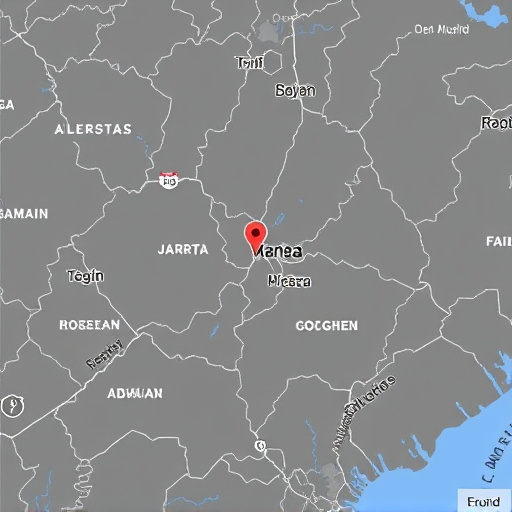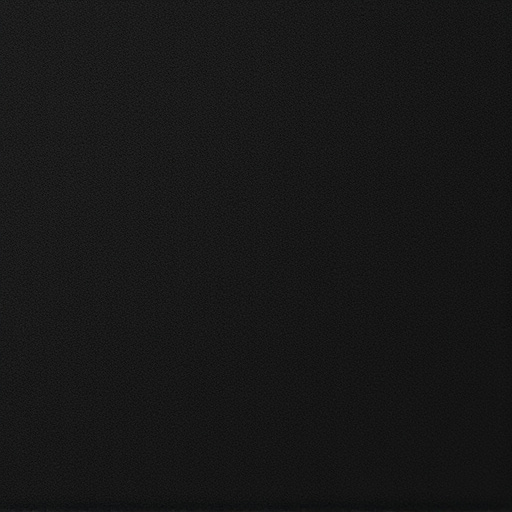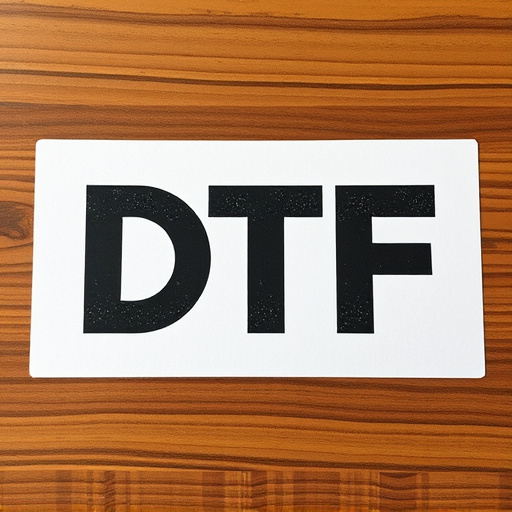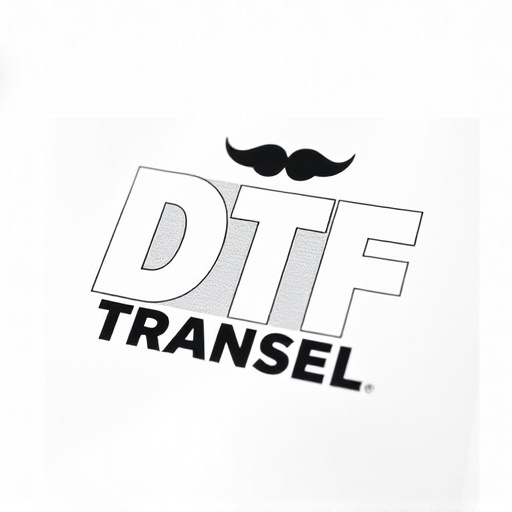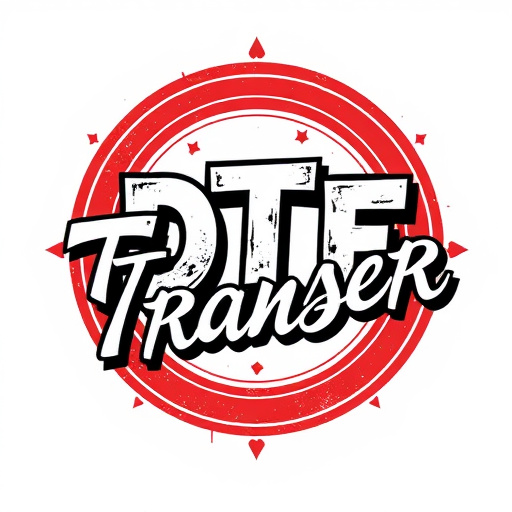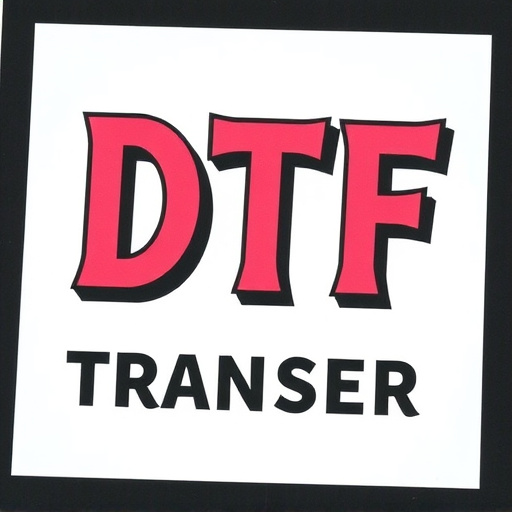Direct-to-film (DTF) transfers offer a cutting-edge printing solution for high-volume businesses. This technology eliminates intermediate steps, producing vibrant, durable prints on various films with minimal setup time and cost. DTF is versatile enough to handle intricate designs and caters to diverse industries like advertising, packaging, and events. With advanced equipment, it ensures sharp prints on transparent to opaque films. Businesses should consider print quality, speed, durability, film material, pre-press factors, and post-processing for optimal results. Real-world applications prove DTF's efficiency in producing high-quality materials for marketing, events, and more, ultimately driving business growth.
“In today’s fast-paced business landscape, efficient and high-quality printing solutions are paramount. Direct-to-film (DTF) transfers have emerged as a game-changer for businesses seeking to streamline their production processes. This article delves into the world of DTF technology, exploring its benefits for high-volume applications. From understanding the fundamentals of DTF transfers to choosing the right printing methods and ensuring optimal post-processing, we provide an in-depth guide. Discover real-world use cases that showcase how successful DTF transfer implementation can revolutionize your business’s printing capabilities.”
- Understanding Direct-to-Film (DTF) Transfers: An Overview
- Benefits of DTF for High-Volume Business Applications
- Choosing the Right DTF Printing Technology
- Pre-Press Considerations for Optimal DTF Prints
- Post-Processing and Quality Assurance in DTF Transfer
- Real-World Use Cases: Successful DTF Transfer Implementation
Understanding Direct-to-Film (DTF) Transfers: An Overview
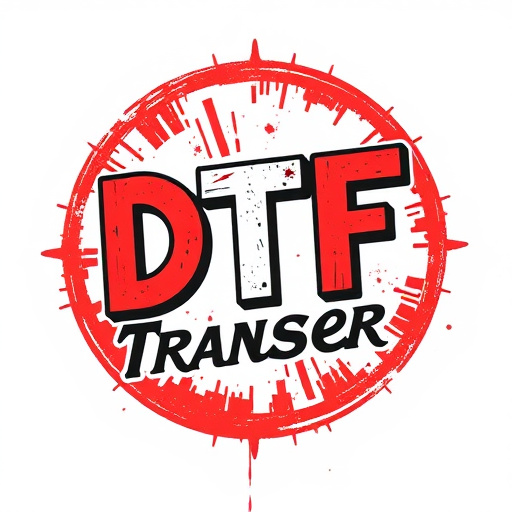
Direct-to-film (DTF) transfers are a cutting-edge printing technology designed to produce high-quality prints directly on various film materials. This innovative process eliminates the need for intermediate steps, making it an efficient and cost-effective solution for businesses requiring large-volume print jobs. DTF offers unparalleled versatility, allowing for the reproduction of intricate designs, graphics, and images on a range of films, from transparent to opaque.
DTF printing involves advanced equipment that precisely deposits ink onto the film surface, creating sharp, vibrant prints with exceptional durability. This method is particularly advantageous in industries like advertising, packaging, and event branding, where quick turnaround times and consistent quality are essential. By enabling direct application of designs to films, DTF transfers streamline production processes, ensuring efficient and precise printing for a wide array of applications, from window graphics to promotional banners.
Benefits of DTF for High-Volume Business Applications

Direct-to-film (DTF) transfers offer significant advantages for high-volume business applications. One of the key benefits is its efficiency; DTF printing allows for fast production runs, making it ideal for businesses requiring quick turnaround times. This method eliminates the need for complex setup processes, as designs can be directly transferred to various media, including fabric, paper, and plastic. As a result, businesses can significantly reduce production costs and increase overall productivity.
Additionally, DTF technology provides high-quality prints with vibrant colors and sharp details, ensuring that final products meet professional standards. Its versatility enables businesses to cater to diverse customer demands; whether it’s printing on clothing labels, packaging materials, or promotional items, DTF transfers offer a consistent and reliable solution. This versatility, combined with its speed and cost-effectiveness, makes DTF an attractive choice for companies seeking efficient and high-impact printing solutions at scale.
Choosing the Right DTF Printing Technology

When selecting a Direct-to-Film (DTF) transfer technology for high-volume business needs, it’s crucial to consider factors like print quality, speed, and durability. Modern DTF printing technologies use advanced inkjet systems that offer crisp, vibrant prints on various film materials, ensuring consistent results for bulk production. Look for printers with high resolution and color accuracy to produce visually appealing DTF prints that meet professional standards.
The right technology also considers your specific business requirements. For instance, if you deal with complex designs or specialized inks, choose a DTF printer equipped with versatile features like multi-color printing and support for custom ink formulations. Additionally, consider the integration of automation to streamline your workflow and maximize productivity during high-volume transfers.
Pre-Press Considerations for Optimal DTF Prints

Before initiating a direct-to-film (DTF) transfer for high-volume business use, several pre-press considerations are crucial to ensure optimal DTF prints. One key aspect is choosing the right film material suitable for your specific printing requirements and environment. Different films have varying properties in terms of durability, sensitivity to light, and resistance to environmental factors like moisture and temperature changes. Selecting a film that aligns with your intended use case will significantly impact print quality and longevity.
Additionally, precise exposure settings are essential for achieving consistent DTF prints at high volumes. Factors such as lamp intensity, exposure time, and film speed need careful adjustment to prevent under- or over-exposure. Regular calibration of your printing equipment and the use of high-quality screens will also contribute to maintaining color accuracy and sharp details across numerous print runs. These considerations collectively ensure that your DTF transfers meet professional standards even when producing large volumes of prints.
Post-Processing and Quality Assurance in DTF Transfer
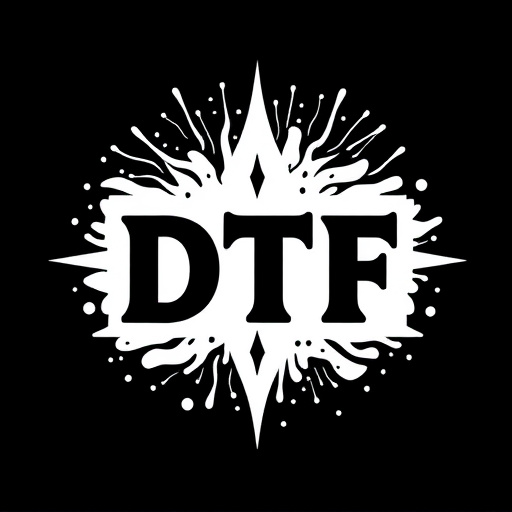
After a DTF transfer, meticulous post-processing and quality assurance steps are crucial to ensure optimal print outcomes for high-volume business needs. This involves careful inspection of each print for any defects or inconsistencies, such as misregistered colors, streaking, or missing details. Advanced quality control measures include using specialized lighting and magnifying tools to detect even the subtlest imperfections that might go unnoticed to the naked eye.
These rigorous checks are essential in maintaining the integrity of DTF prints, which are often used for marketing materials, signage, and other business communications. By implementing robust post-processing protocols, businesses can guarantee that their DTF transfers produce high-quality, consistent results, enhancing the overall professionalism and impact of their printed materials.
Real-World Use Cases: Successful DTF Transfer Implementation

In real-world scenarios, direct-to-film (DTF) transfers have proven to be highly effective for businesses dealing with high print volumes. Their implementation has streamlined operations in various sectors, from marketing agencies creating custom promotional materials on-demand, to event organizers printing personalized merchandise for large-scale gatherings. DTF Printing offers a fast and cost-efficient solution for producing high-quality prints directly onto a variety of media, making it a versatile choice for businesses seeking flexibility and speed.
Successful DTF Transfer implementation involves several key factors: choosing the right equipment and materials, optimizing print settings for specific substrates, and ensuring proper maintenance routines. When these elements align, businesses can achieve consistent, high-resolution DTF prints, enhance customer experiences through personalized offerings, and ultimately, drive growth and profitability.

